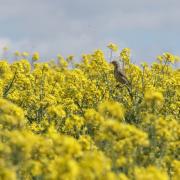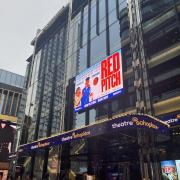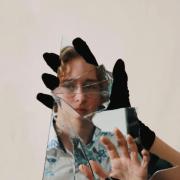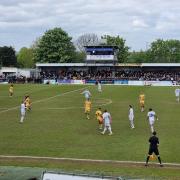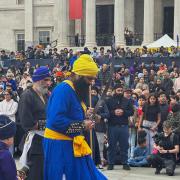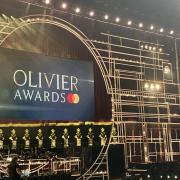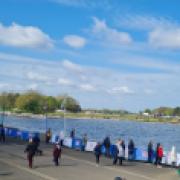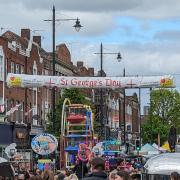
On laying eyes upon the building made of dull, red brick with a faded beige arch over the door, anyone would pass this small, unseemly jewel of a museum tucked away into a quiet neighbourhood of West London, without sparing it a second glance. This passerby would have failed to notice the immense, intricate dome standing tall over the pretty houses. Had this passerby chanced a look inside this building, they would be astounded by its breathtaking features and enchanted by this quaint little house, brimming with vibrant culture and history from all over the world.
Leighton House was once the home of Lord Frederic Leighton (1830-1896), a Victorian painter and sculptor who travelled around the world, picking up magnificent treasures from the East to embellish his house.
On the ground floor, there is the Arab Hall, claimed to be the ‘most jaw-dropping room in West London.’ The finely decorated dome and stained glass windows allow natural light to illuminate the room and its stunning mix of architectural styles: Damascene tiles, Irani paintings and Pakistani calligraphy. In the middle is a small central pool with shimmering water that reflects the vibrant colours of its surrounding adornments.
On the upper floor there is a spacious studio in which Leighton would paint and sculpt. The large windows allowed for lots of natural light to aid him in his painting. The other rooms such as his bedroom and sitting room display his various works of art; although his most famous piece ‘Flaming June’ is not displayed there.
Leighton House Museum is a brilliant fusion of Eastern and Western culture which celebrates the beauty and significance of the influence of the East on Western society today. This quirky museum is an unmissable experience.







